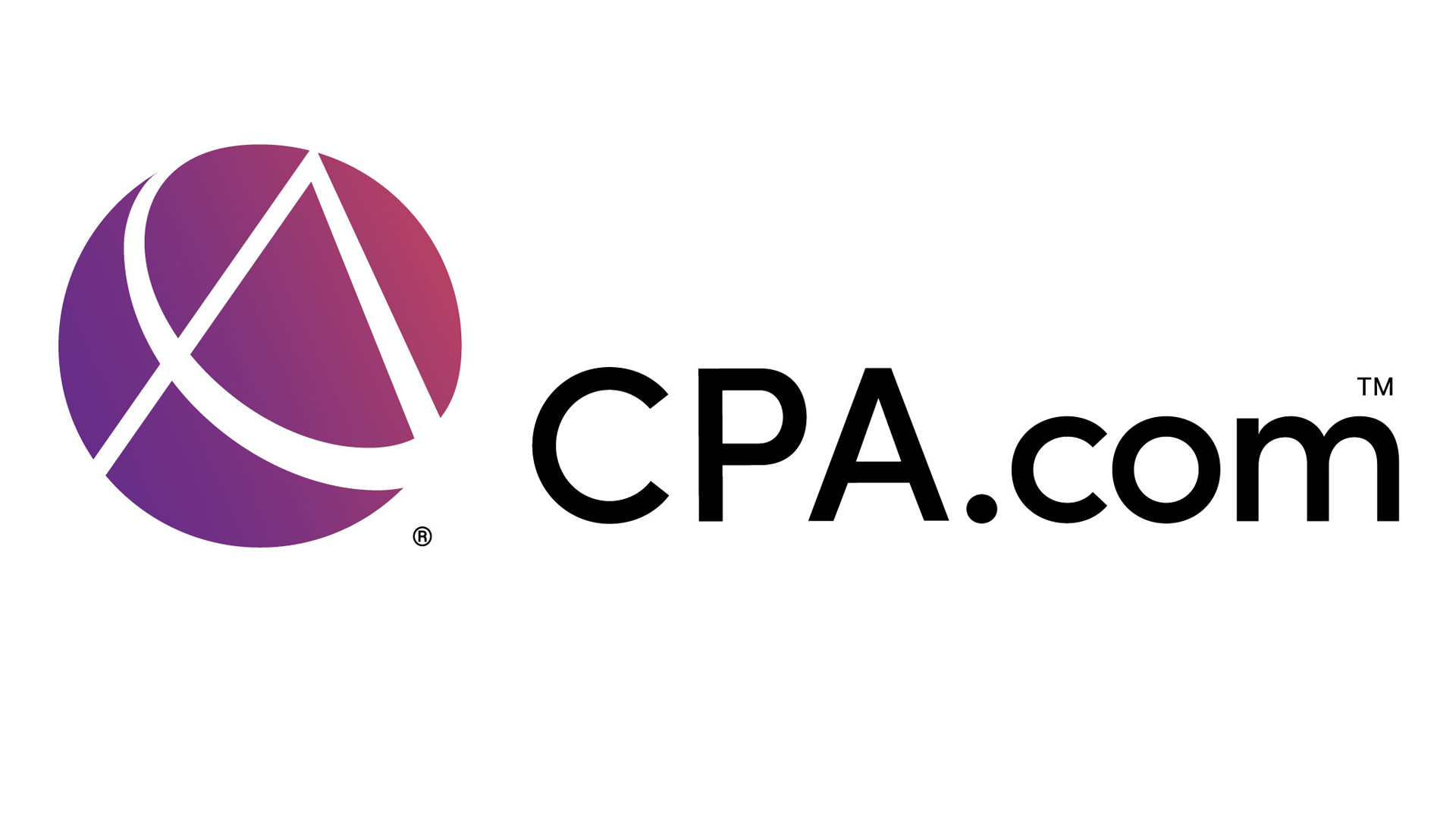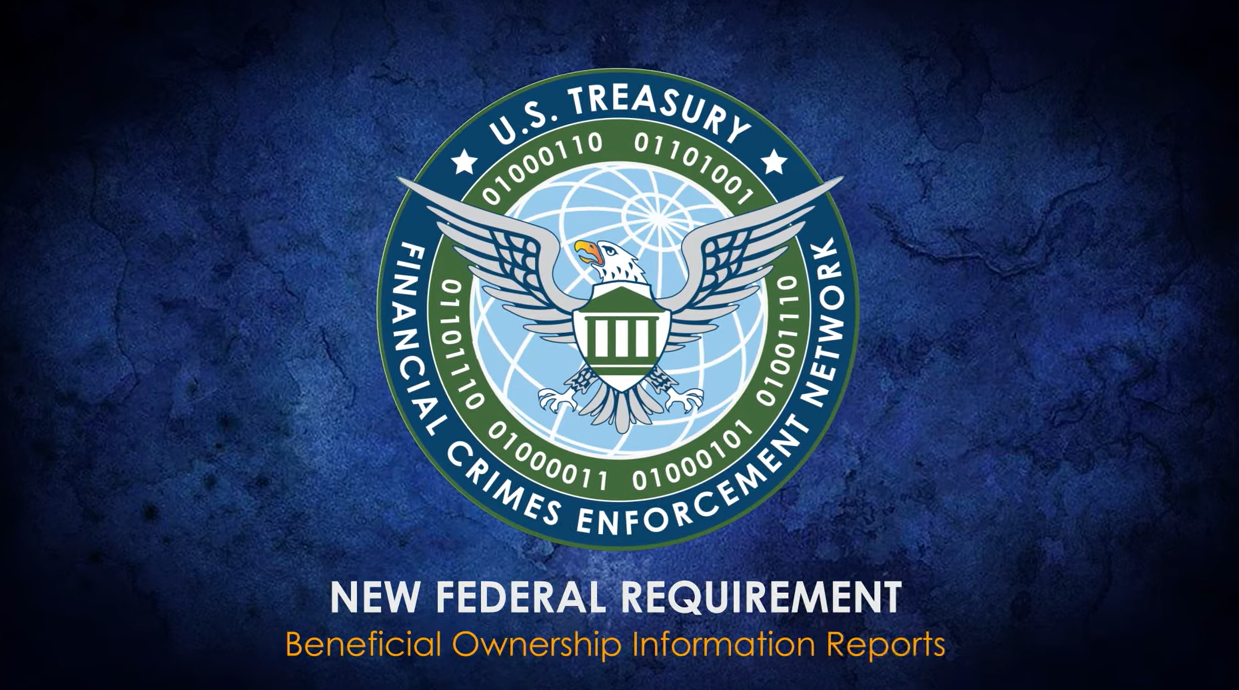A Top Technology Initiative Article.
Now that the spring conference season has been completed, I can report on observations from the CPA Practice Advisor Mashup event, AICPA Engage, and Scaling New Heights. The insights from speakers, meetings, and announced innovations from publishers have made this spring’s travel season worthwhile.
Although I am not trying to provide my travel itinerary or impress you, I thought having a list of events where I spoke or had meetings this spring would be helpful. The list includes the AICPA G400 conference in Chicago, the BDO conference in Las Vegas, the Firm Growth Forum in San Diego, the CPA Practice Advisor Mashup, the AICPA Engage in Las Vegas, and Scaling New Heights in Orlando. I also spoke at various virtual events, including an all-day AI conference and the K2 two-day State Society technology conferences in multiple states.
So, What Did You Learn By Going To These Events?
Among the notable product announcements were innovative partnerships, such as the collaboration between QuickFee and Knuula to develop an end-to-end engagement letter and payment system. Equally significant were the disruptive changes, like the Intuit price increases for QuickBooks desktop, QuickBooks Online, and Payroll. These developments have been thoroughly discussed in our recent Accounting Technology Lab podcasts. It is worth noting that nearly every publisher has upgraded their systems, formulated an artificial intelligence (AI) strategy, and positioned themselves for increased sales success in the coming years. Many companies have secured private equity funding and are now investing in marketing efforts, signaling a promising future for the industry.
Attendees at the conferences were deeply engaged in strategic discussions, reflecting on their direction and course correcting for new services while grappling with insufficient labor. I had the opportunity to listen to various outsourced company’s sales pitches at multiple events. I wanted to provide you with a clear direction in this column and incorporate more facts in our K2 Outsourcing course. For instance, at Scaling New Heights, I counted thirteen outsourced companies in the Exhibit Hall, and I am sure I missed some. Some firms have external and internal audit specialties, such as AssurancePrep, while others, such as Datamatics Business Solutions, have a multi-tier expertise and communication strategy. Innovative strategies like hiring master’s degree students supplied by Miles Education or choosing onshore labor from companies like Taxfyle and SAM are reminders of the breadth of the need and the options available. I was pleased to run into Laurence Whittam, who had written the AICPA PCPS outsourcing guide, providing sound guidance similar to what we discussed in a podcast over two years ago, which shows that the industry is actively addressing these challenges.
The number of private equity buyers on the floor at AICPA Engage and Scaling New Heights was stunning, as we spotted PE employees in their sports jackets wandering the floors or sitting in meetings. I listened to the pitches and learned about several PE firms’ desired targets. One PE presenter claimed that there are 3.5 trillion dollars in capital to be deployed now (which I verified with two sources as $3.9 trillion), with another $3.5 trillion being raised this year. I had been using $1 trillion for the “dry powder” number, with $2 trillion being raised. As we say in Kansas, that’s not chump change. PE buyers want to buy Leadership & Expertise, CAS platforms, and Books of Business in firms with an annual recurring revenue (ARR) model.
And, of course, AI continued to suck the air out of all the rooms. I saw well-done presentations on AI and others that were so bad they sucked the air out of me. For those in public practice, we want you to be good stewards of your client data, honoring your fiduciary duty to clients while using AI. To summarize the wisdom from various presentations:
- Always start with an AI policy – I can provide one if needed
- No PII (Personally Identifiable Information) should be entered in any product
- Don’t look for a revolution with AI, but consider evolutionary change. While there will be some revolutions with products like Black Ore Tax Autopilot, the day-to-day productivity gains of using AI will be real, incremental, and evolutionary. Consider the time you can save if email is quickly sorted and summarized, client letter drafts are created for you automatically, formulas in spreadsheets are built based on your questions, and notes and action items from meetings can be automated.
- The Large Language Model platform doesn’t matter much, but it is probably best to pick one and stick with it unless you have the skills to use a product like Chatbox. If you are in public practice, choose Microsoft Copilot 365 and implement it initially for a few people because of the integration with Microsoft 365, your practice platforms, and indemnification. Let them learn, and then have them teach others what they have learned as your starting point. If you are a Google Workspace shop, pursue Google Gemini. As of this writing, the best model for pertinence in accounting may be Anthropic’s Claude 3, but the new ChatGPT 4o (omni) shows promise of leap-frogging back into the technological lead.
- Gather AI prompts together and refine them to fit your firm. This is called prompt engineering. Disappointingly, we didn’t discover a better way to gather and document prompts than a spreadsheet.
- Expect practical and secure AI to be built into the tools we use. We’ve seen excellent progress in platforms like 4ImpactData, Digits, and MakersHub.ai.
- The Large Language Models are 1) running out of data to train on, and 2) new models are taking longer to build, even with much faster hardware. As an example, ChatGPT5 is currently scheduled for a 2025 release. And, of course, NVIDIA took the largest market cap position from Apple and Microsoft as all these companies exceeded $3 trillion in value. We are anxious to see new AI desktops and laptops, such as the Microsoft Surface Copilot+PC, dominate the market this year.
- AI won’t replace accountants, but accountants who use AI will outperform those who don’t. Further, we believe that AI will change accountancy and the services provided, but accountants will still be needed. Initial efforts to make accountants the auditors of AI have started. AI will likely highly automate core services like tax, audit, and CAS (client accounting services). Other services, like advisory services, may have a longer runway. An interesting model for Client Advisory Services advanced by Joe Woodard at Scaling New Heights had five components, with Accounting Services (bookkeeping) in the middle. On the left were two related services, Controllership Services, and Back-Office Process Outsourcing, and on the right Was Financial Planning & Analysis Services and Fractional Chief Financial Officer. Joe then suggested in another of the keynotes at Scaling New Heights that the sequential impact of AI on the accounting profession would be that FP&A services, Income Tax Analysis, and Income Tax preparation all have less than ten years, that complex accounting (bookkeeping) has 10+ years, and Controllership services and BPO has 20+ years left in the market.
So, What Are We To Do?
- Safely begin pilot projects using AI.
- Review your tech stack and consider products with working AI components. Perhaps 4ImpactData, MakersHub.ai, Black Ore Tax Autopilot, or similar tools can help today.
- Review your service line strategy. Determine how you want to deliver tax, audit, CAS, Advisory, and other services.
- Revise your workflows for new accounting, AI, automation, payments, and portals.
- Watch software vendors’ announcements and review their products carefully.
We found around a dozen new companies with promising offerings during the conferences. I came so close to including the names, but I need to perform my due diligence for you. Now that we have time to vet the products for quality, usability, and company vision, we will indeed have some attractive strategic and tactical options for you as the year progresses.
Thanks for reading CPA Practice Advisor!
Subscribe Already registered? Log In
Need more information? Read the FAQs
Tags: Accounting, Technology





